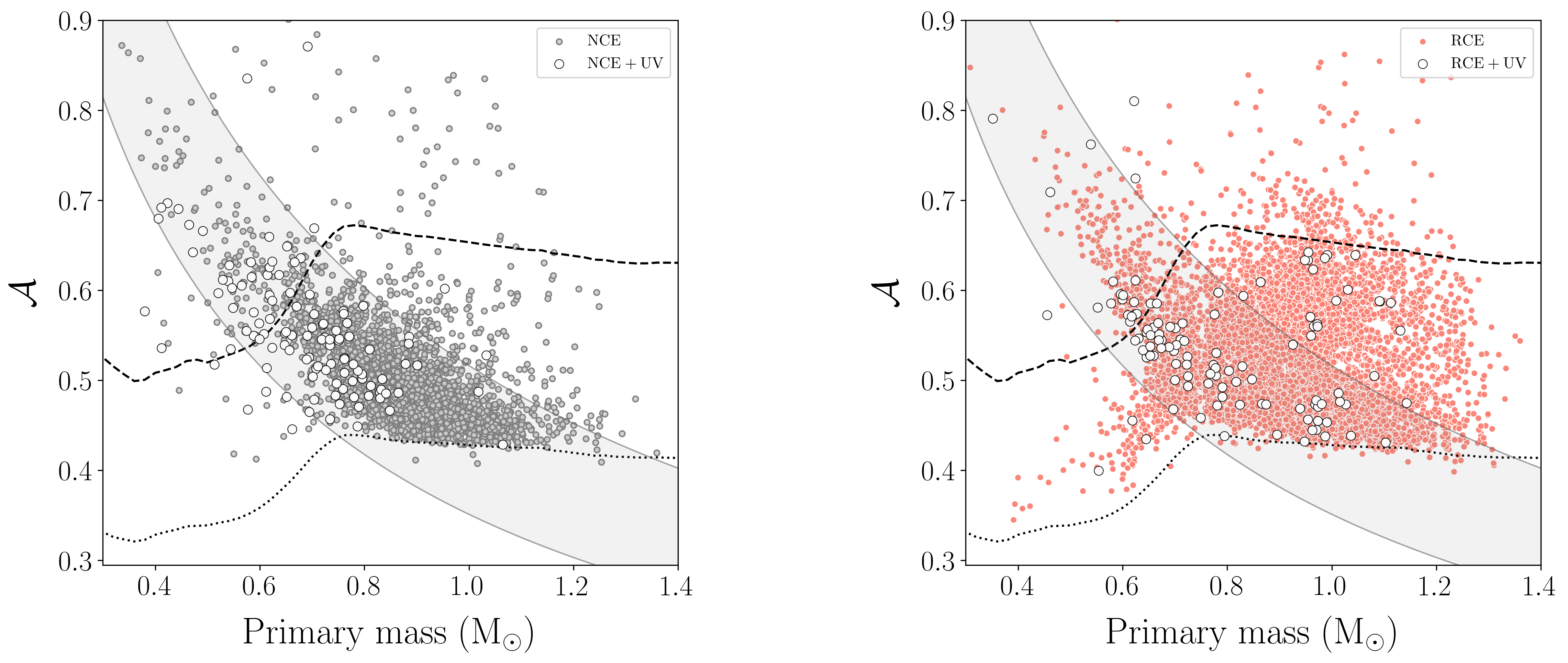Triage of the Gaia DR3 astrometric orbits. II. A census of white dwarfs

The third data release of Gaia was the first to include orbital solutions assuming non-single stars. Here, we apply the astrometric triage technique of Shahaf et al. to identify binary star systems with companions that are not single main-sequence stars. Gaia's synthetic photometry of these binaries is used to distinguish between systems likely to have white-dwarf companions and those that may be hierarchical triples. The study uncovered a population of nearly 3200 binaries, characterized by orbital separations on the order of an astronomical unit, in which the faint astrometric companion is probably a white dwarf. This sample increases the number of orbitally solved binary systems of this type by about two orders of magnitude. Remarkably, over 110 of these systems exhibit significant ultraviolet excess flux, confirming this classification and, in some cases, indicating their relatively young cooling ages. We show that the sample is not currently represented in synthetic binary populations, and is not easily reproduced by available binary population synthesis codes. Therefore, it challenges current binary evolution models, offering a unique opportunity to gain insights into the processes governing white-dwarf formation, binary evolution, and mass transfer.
For further reading:
- S. Shahaf*, N. Hallakoun*, T. Mazeh, S. Ben-Ami, P. Rekhi, K. El-Badry, S. Toonen "Triage of the Gaia DR3 astrometric orbits. II. A census of white dwarfs" 2024, Monthly Notices of the Royal Astronomical Society, 529, 3729 *Equal contribution